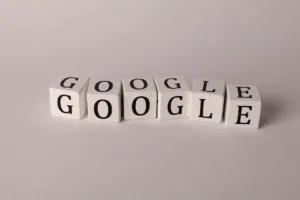Designing and developing anything of consequence is incredibly challenging. – Jonny Ive
The great paradigm of design is that it involves a variety of disciplines which are ever-changing based on the task you want to accomplish. In the digital world, we have typically broken these disciplines into two categories: user interface (UI) and user experience (UX).
UI is simply the visual aesthetic that’s been created to define a product, service, site or idea. UX is a more emotional object that works with UI to decide how a user interacts with this product, service, site, or idea.
At Soulheart, our workflow combines both UI and UX into a single spectrum to help us deliver the best design experience possible. This focus benefits clients and users but it is a time-intensive process because it requires a higher level of attention to detail. In addition, it can be hard for the designer or developer to make sure both disciplines are covered in the right ways.
However, the reward is beautiful.
We believe design is more than an interface. Instead, it’s a way of thinking about solving problems in the world. It considers both the visual aesthetic, the experience, and it helps paint a story of why. The why can be different for each project. Maybe it’s why the problem exists in the first place or why this particular solution is the best one available. Or perhaps, it’s more simple: why bother?
Steve Jobs once told a story about helping his dad create solid wood cabinets. His dad shared the reason why would use a veneer in the back, even when it would be seen. It wasn’t that the buyer would know, but because he, the maker of the cabinet, would. Attention to detail like that matters if you want to stay true to yourself and deliver the best product possible.
In our experience, this story is completely true. It’s why we have a strong focus on UI/UX. The visual design is as important as the design and structure of our code. The user experience is just as important as the server setup or content on a page.
We’ll be sharing specifics soon about how our team structures our workflow, our code, our prototypes, and more. However, to begin the path of design-thinking, you have to start with the little things. It’s the things that seem so insignificant that anyone could do them that often are the most significant in being successful.





